Lorenzo Bartolini Paintings
Lorenzo Bartolini was a prominent Italian sculptor who is considered one of the leading artists of the Neoclassical movement, although his work later embraced the Romantic movement. Born on January 7, 1777, in Vernio, Tuscany, Bartolini initially trained in Florence before moving to Paris to study under the famous sculptor Jacques-Louis David. His early work was heavily influenced by Neoclassicism, an art movement that sought to emulate the purity and simplicity of ancient Greek and Roman art.
Bartolini's reputation grew quickly, and he became known for his portrait busts and statues, which combined classical ideals with a keen observation of individual character. His works are characterized by their detailed realism and emotional depth, distinguishing him from many of his contemporaries. Despite facing competition and the changing tastes of the art world, he managed to maintain a successful career throughout his life.
In 1807, after spending several years in Paris, Bartolini returned to Italy, eventually settling in Florence. There, he became a professor at the Academy of Fine Arts and took on numerous commissions for statues, monuments, and busts. His studio attracted students from all over Europe, making it a center of artistic training and production. One of his most famous works is the 'Nymph with Scorpion', showcasing his skill in capturing the beauty of the human form along with a nuanced expression of emotion.
Throughout his career, Bartolini was involved in various artistic and political circles, which sometimes influenced his work. He was a friend and supporter of Napoleon Bonaparte and received many commissions during the Napoleonic era. However, after the fall of Napoleon, Bartolini's association with the regime led to a temporary decline in his commissions. Despite this setback, he continued to work and receive important commissions, including works for the Medici Chapel in Florence.
Lorenzo Bartolini died on January 20, 1850, in Florence. His legacy includes not only his sculptures but also his influence on the generations of artists who trained in his studio. Today, his works are held in high esteem and can be found in museums and collections around the world, celebrated for their contribution to the transition from Neoclassicism to Romanticism in sculpture.
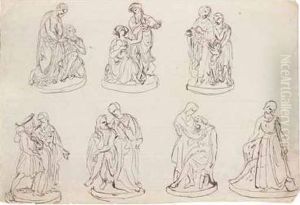
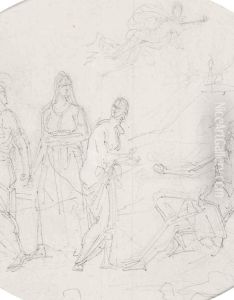
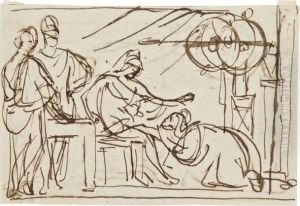
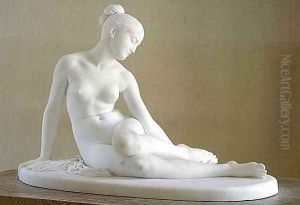
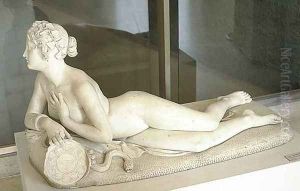
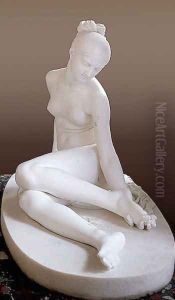
![La Table aux Amours [detail #2] (or The Demidoff Table)](https://www.niceartgallery.com/imgs/118522/s/lorenzo-bartolini-la-table-aux-amours-detail-2-or-the-demidoff-table-28c9b1ec.jpg)
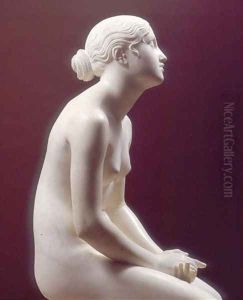
![La Table aux Amours [detail #1] (or The Demidoff Table)](https://www.niceartgallery.com/imgs/118524/s/lorenzo-bartolini-la-table-aux-amours-detail-1-or-the-demidoff-table-b515baff.jpg)
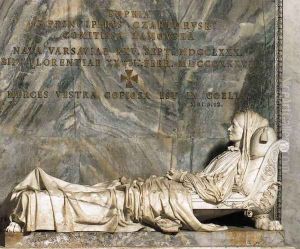
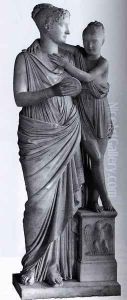
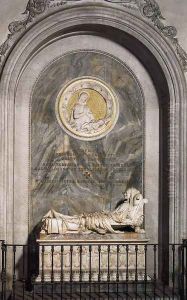
![La Table aux Amours [detail #3] (or The Demidoff Table)](https://www.niceartgallery.com/imgs/118528/s/lorenzo-bartolini-la-table-aux-amours-detail-3-or-the-demidoff-table-55dcaa98.jpg)